Water Tank Disinfection
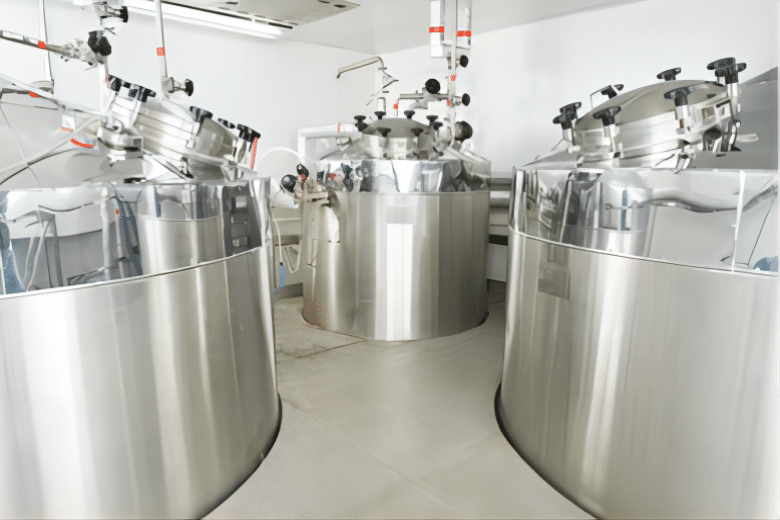
Proper, regular maintenance is an important part of servicing and maximizing the life of any piece of equipment. Water storage tanks are not excluded from this basic concept, especially those used in potable water scenarios.
What is water tank disinfection?
Tank disinfection is the periodic cleaning and sanitizing of a tank, basin, sink, or water storage facility where water is stored to ensure that the stored water is safe and sanitary. This process is designed to kill or remove microorganisms, bacteria, viruses, algae, and other contaminants from the water to prevent contamination of the water and reduce the risk of spreading disease from the water source.
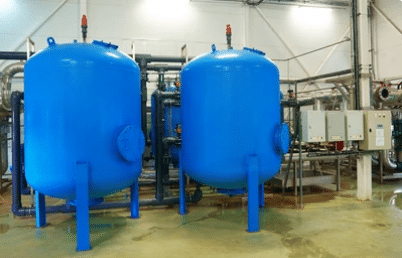
Why do I need to disinfect my water tank?
- Killing microorganisms and pathogens: Water in tanks can be contaminated with bacteria, viruses, parasites, and other microorganisms that can contribute to the spread of disease in the water supply. Through disinfection, these pathogens can be effectively killed or removed, making the stored water safer.
- Prevention of waterborne diseases: Contaminants and microorganisms in water tanks may cause waterborne diseases such as diarrhea, cholera, and dysentery. Sterilization of water tanks helps prevent these waterborne diseases and protects people’s health.
- Maintaining water quality: Water in tanks can be affected by contaminants, sediments and impurities, leading to deterioration of water quality. Regular disinfection of water tanks can help clean and purify the stored water to ensure it is of good quality.
- Preventing water contamination: Sediment and organic matter can accumulate in water tanks, which can decompose in the water to produce harmful substances. Sterilization can help reduce the risk of such contamination.
Tank disinfection is a critical step in ensuring that the quality of stored water is safe, sanitary and in compliance with regulations. It helps prevent waterborne diseases, maintains water quality and protects people’s health.
Methods of disinfecting water tanks
Tank disinfection is an important process to ensure sanitary and safe water quality in water storage facilities. Regular tank disinfection reduces the risk of waterborneborne diseases and maintains safe and sanitary water quality.
Chlorine Disinfection:
- Liquid chlorine disinfection: a liquid chlorine solution is dispersed evenly throughout the tank to ensure that the chlorine concentration reaches the desired disinfection level. This is one of the most commonly used methods of disinfecting water tanks.
- Solid chlorine tablets: Solid chlorine tablets are added to the water to dissolve and release chlorine gas for disinfection.
Ozone disinfection: An ozone generator is used to produce ozone, which is injected into the water tank. Ozone is a strong oxidizer that kills bacteria and viruses.
Silver Ion disinfection: Silver ions are released into the tank through a silver ion generator to kill microorganisms.
Hydrogen peroxide: Hydrogen peroxide is an oxidizing disinfectant that can be used to disinfect water tanks. It will break down into water and oxygen.
Ultraviolet (UV) disinfection: kills microorganisms by passing wastewater through a UV lamp. This is a physical method of disinfection and does not require the addition of any chemicals.
How to choose between a dosing system or a polymer preparation unit for a disinfection tank?
- Chemical dosing systems: This method is mainly used to ensure the hygiene and safety of drinking or industrial water. A disinfection tank is usually used to store the water and a chemical dosing water treatment is used to deliver the disinfectant in a precise manner to ensure that the water quality meets the standards. This method is suitable for situations where water needs to be disinfected on a regular basis to prevent the growth of bacteria and pathogens.
- Polymer preparation units: This method, usually associated with water and wastewater treatment, is used to mix and suspend chemicals, agents or polymers to treat wastewater or improve water quality. Polymer preparation devices help to adjust the chemical properties of the water, such as flocculant, turbidity removal, etc. It is commonly used in industrial, municipal and wastewater treatment plants. It is commonly used in industrial, municipal and wastewater treatment facilities.
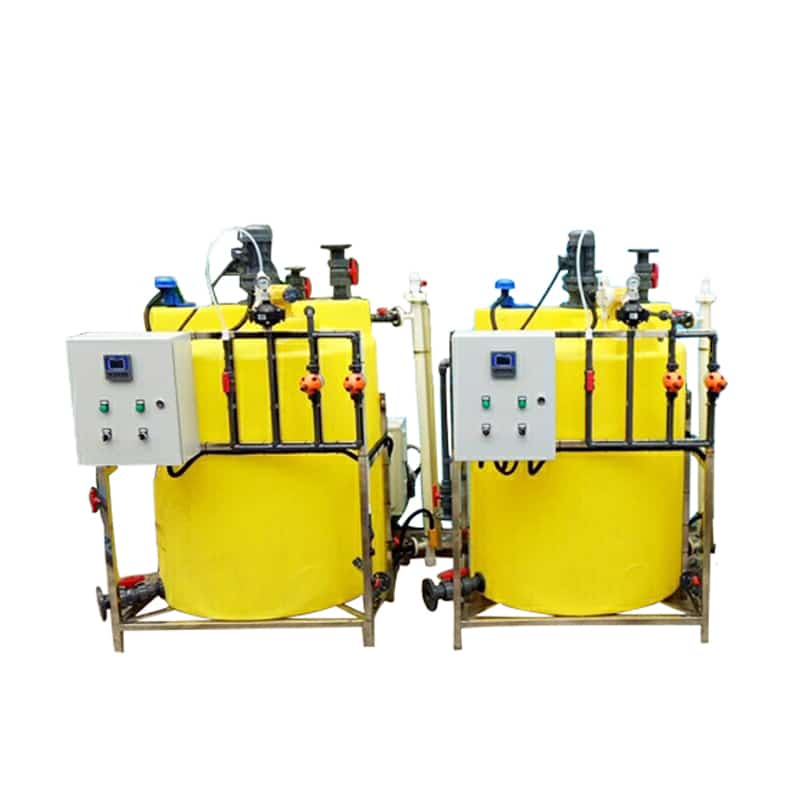
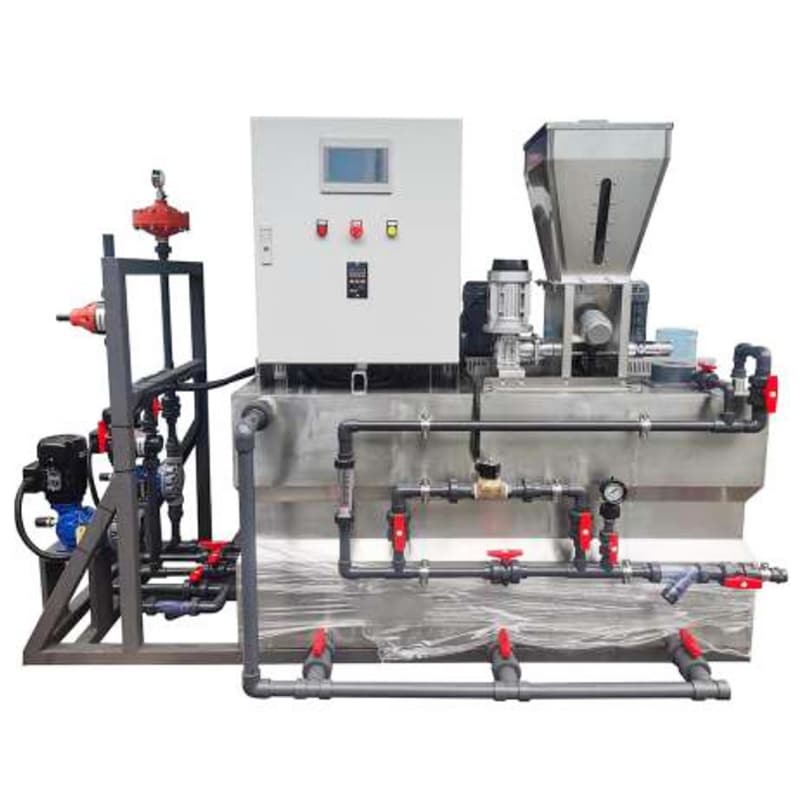
If the primary concern is disinfection and maintaining water quality safety, a disinfection tank with a chemical dosing system may be more appropriate. If chemicals or polymers need to be used in the water treatment process to improve water quality or wastewater treatment, a polymer preparation unit may be more appropriate. The best choice should be based on your water treatment goals, budget and equipment availability.
How do I sanitize my water tank?
Disinfecting water tanks is an important step in ensuring safe water quality in water storage facilities.
Materials and equipment required
- Disinfectant (e.g., liquid chlorine, solid chlorine tablets, ozone, etc.)
- Disinfectant delivery device (e.g., pump or sprayer)
- Measuring apparatus (to measure sanitizer concentration)
- Clean water (for cleaning)
- Brushes and detergent (to clean the inside of the tank)
- Mixing tanks and agitators
Steps
- Tank preparation: Close the water inlet valve to the tank and empty the residual water. Determine the volume of the tank and clean the inside of the tank using a brush and detergent to ensure removal of dirt, deposits and debris. Rinse thoroughly.
- Calculate the disinfectant dose: The dose of disinfectant is calculated in proportion to volume. Prepare the disinfectant according to the calculated dose. If liquid chlorine is used, it is usually supplied in the form of a liquid chlorine solution of appropriate concentration. If solid chlorine tablets are used, ensure that they are dissolved according to instructions
- Dispensing: Use a pump or sprayer to evenly dispense the disinfectant into the tank.
- Stirring: Use an agitator to gently stir to ensure that the chlorine is evenly distributed.
- Waiting for discharge and flushing: Wait for a certain period of time according to the disinfectant requirements. Open the drain valve and flush the sanitizer. If necessary, rinse the tank several times until the water quality meets safe drinking water standards.
- Resume operation and testing: Open the water inlet valve of the tank and resume normal operation. Perform a water quality test to ensure safe water quality.
How to choose the right pump?
Injection pump: This may also be referred to as a chemical injection skid. Typically used to accurately inject sanitizer into a tank. Used to pump and inject chemicals into the process stream. These pumps are usually capable of precisely controlling the flow rate to ensure accurate chemical injection and to ensure uniform and controlled disinfection. H-solenoid dosing pumps are a type of injection pump, they are usually driven electromagnetically to control the flow and dosage of liquids.
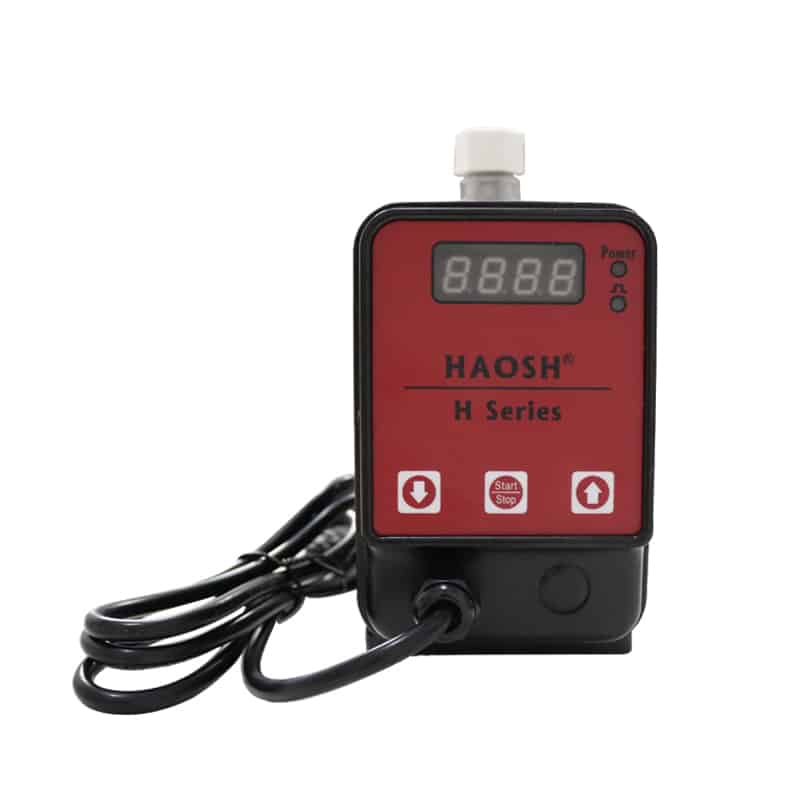
Centrifugal pumps: Centrifugal pumps are typically used to pump solutions containing disinfectants from a storage tank to a water tank. They are suitable for large-capacity tanks.
Plunger pumps: Plunger pumps are also a type of pump commonly used for disinfecting water tanks. They are also chemical feed pumps. They can provide high pressure and precise flow control, applicable to the need for uniform distribution of disinfectant in the tank. Recommended HJ-Z mechanical dosing pumps, capable of chemical mixing and dilution, solvent mixing disinfection of water tanks.
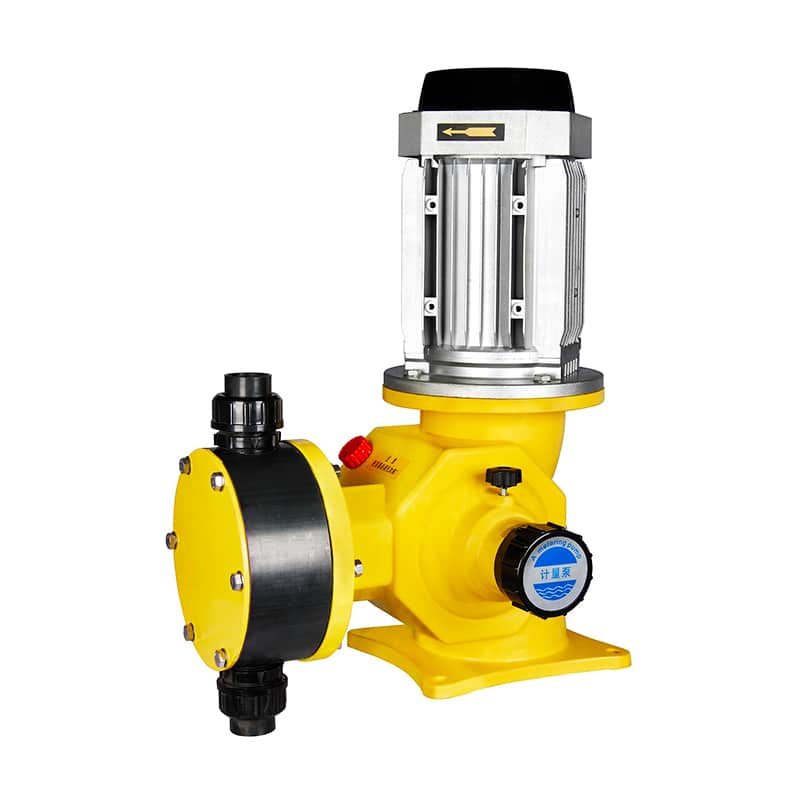
Compressed air pumps: The use of compressed air to drive the diaphragm, so that the disinfectant will be transported to the water tank they are also known as pneumatic pumps or pneumatic diaphragm pumps. They are suitable for the need to disinfect water tanks in harsh environments. They are suitable for applications where there is a need to prevent mechanical parts from coming into contact with liquids, or where there is a need to work with corrosive or hazardous liquids.
Sprayer: In some cases, sprayers can also be used to spray disinfectant into the tank. This applies to small tanks or where special handling is required.
Regular maintenance and monitoring of sanitized water tanks
- Accumulation of dirt and sediments: Even with thorough disinfection, dirt and sediments will still accumulate in the water tank over time. These dirt and sediments not only lead to deterioration of water quality but also provide a living environment for bacteria and microorganisms, thus affecting the hygiene and safety of drinking water.
- Re-growth of bacteria: A disinfection can kill most bacteria and microorganisms, but they may grow again. Without regular disinfection, bacteria, and microorganisms may multiply again in the tank, jeopardizing the quality of drinking water.
- Fluctuating water quality: Water quality may be affected by external factors such as seasonal variations, climatic conditions, and changes in water. These factors may lead to unstable water quality and thus affect the quality of drinking water.
Water tank disinfection is not a one-time task, but an ongoing process to ensure safe water quality and hygienic drinking water. Regular maintenance and monitoring prevent the build-up of dirt, bacteria, and microorganisms and ensure that the water quality in the tank is always maintained at a safe level. This is important to protect people’s health and provide reliable drinking water!
Summary
A disinfectant tank is a device used to store and maintain the hygiene and safety of drinking or industrial water. To ensure hygienic water quality, a disinfectant is often required in conjunction with a dosing system to ensure even distribution of the disinfectant. Regular maintenance of the tank and monitoring of water quality are key to ensuring safe water quality.
HAOSH is an expert in water treatment dosing and metering, providing hydraulic dosing pumps, pump accessories, pulsation dampener, and dosing systems. Through years of accumulation in the industry, we endeavor to bring China good water treatment products to the world. Welcome to contact us anytime.
